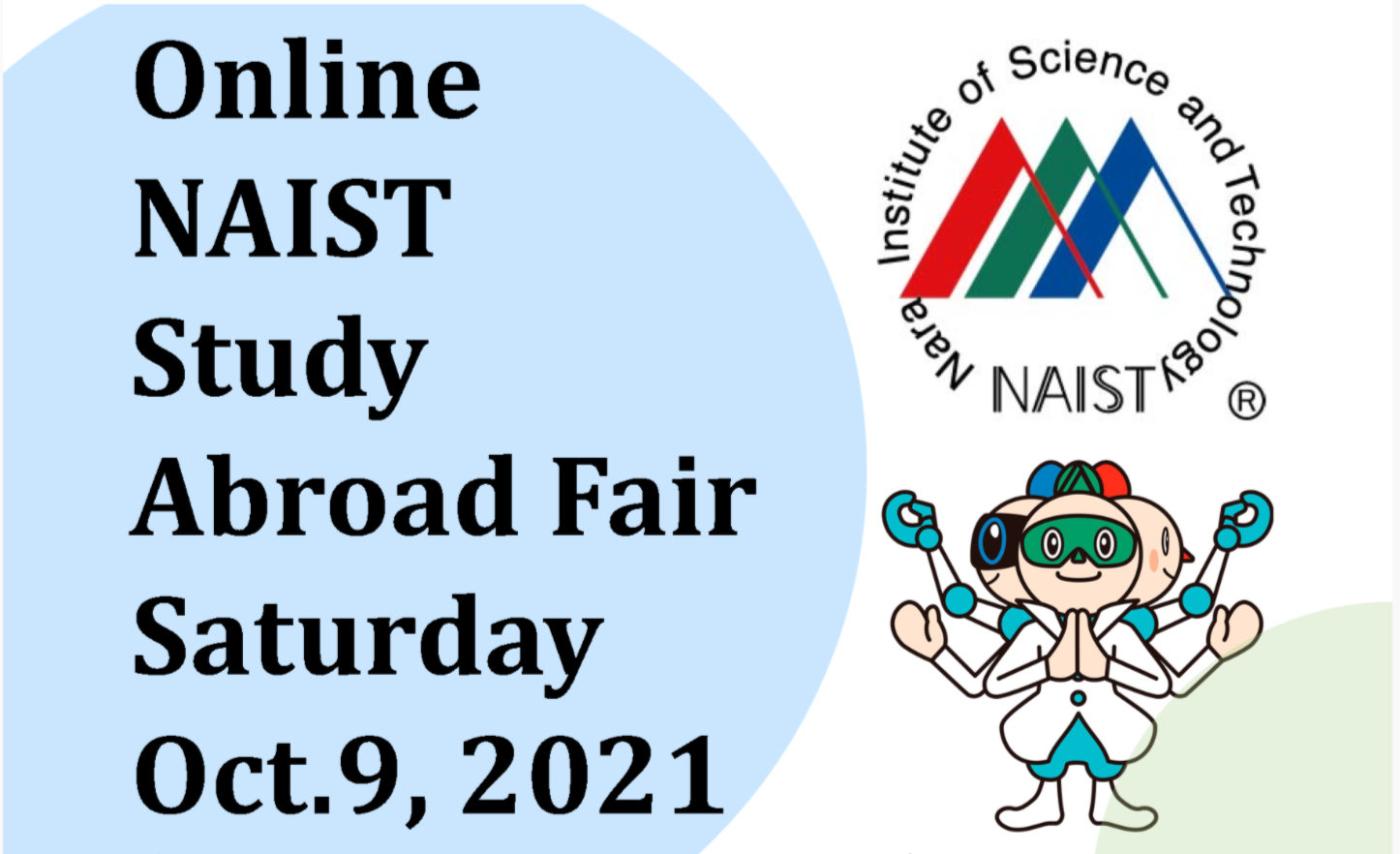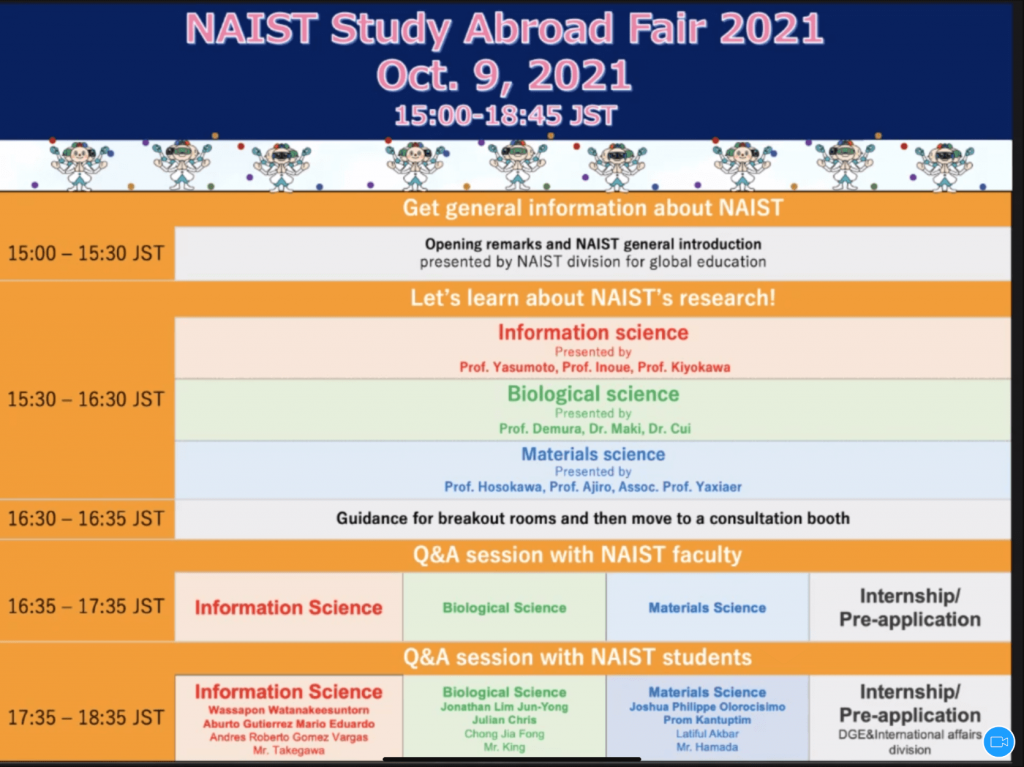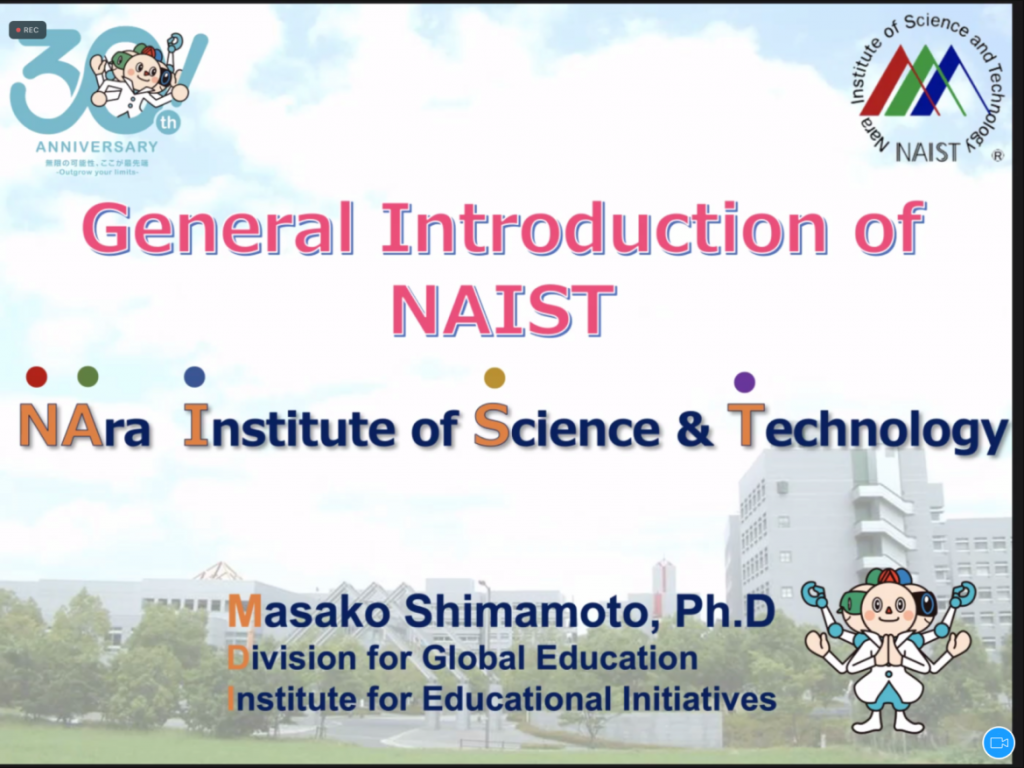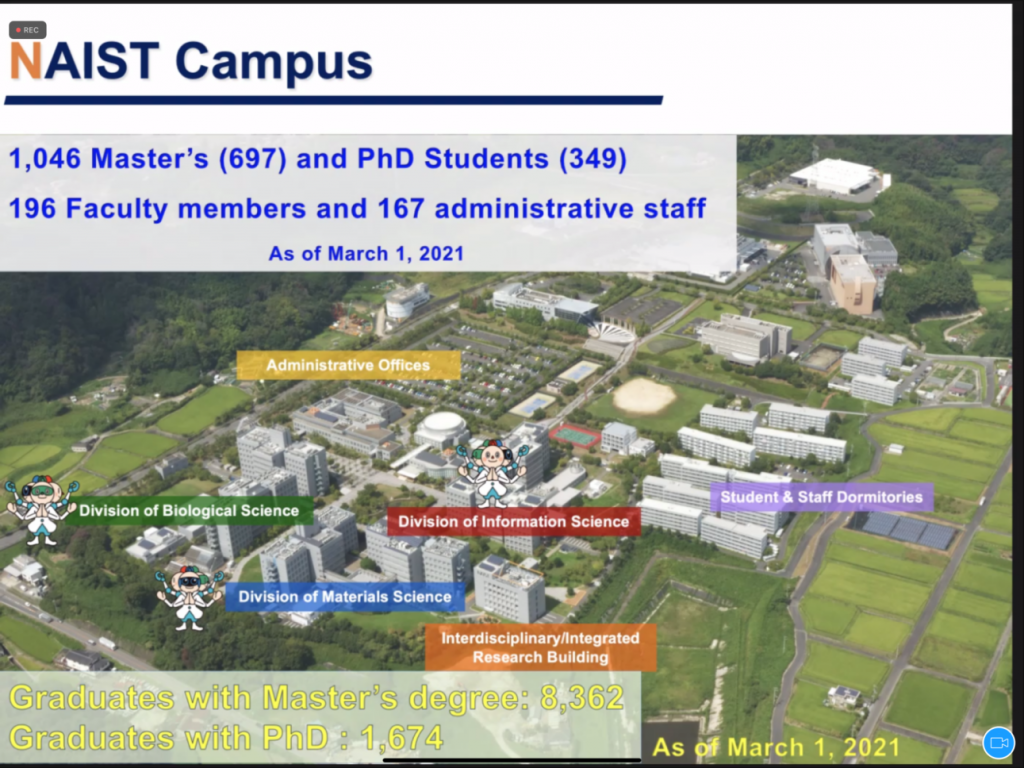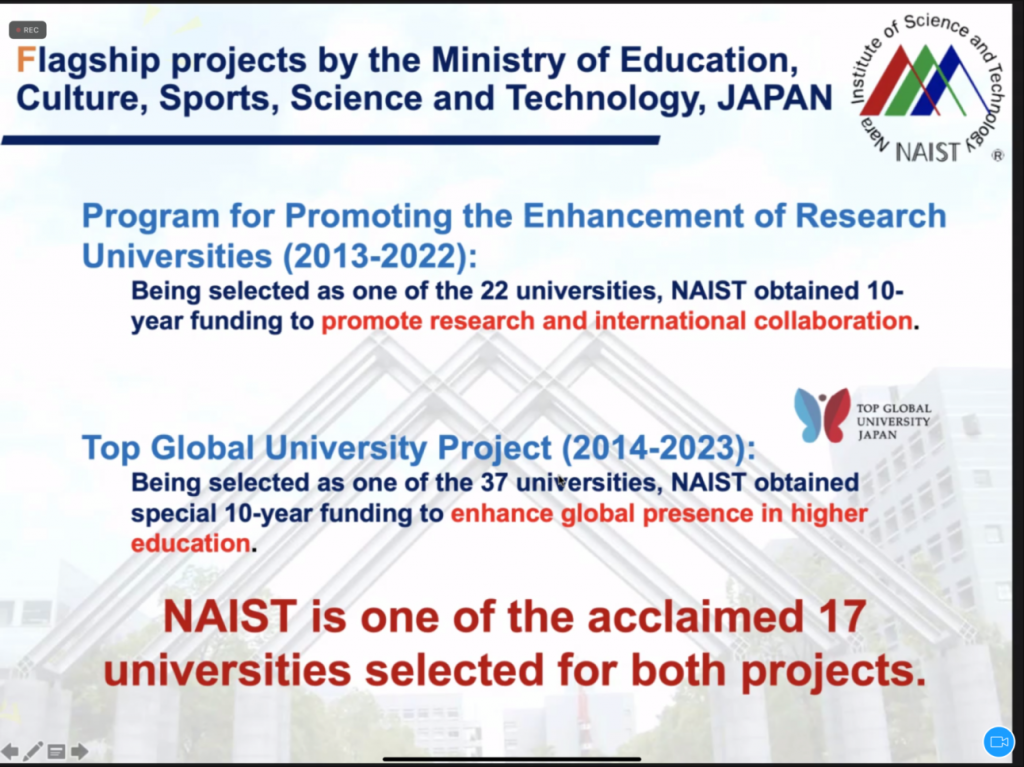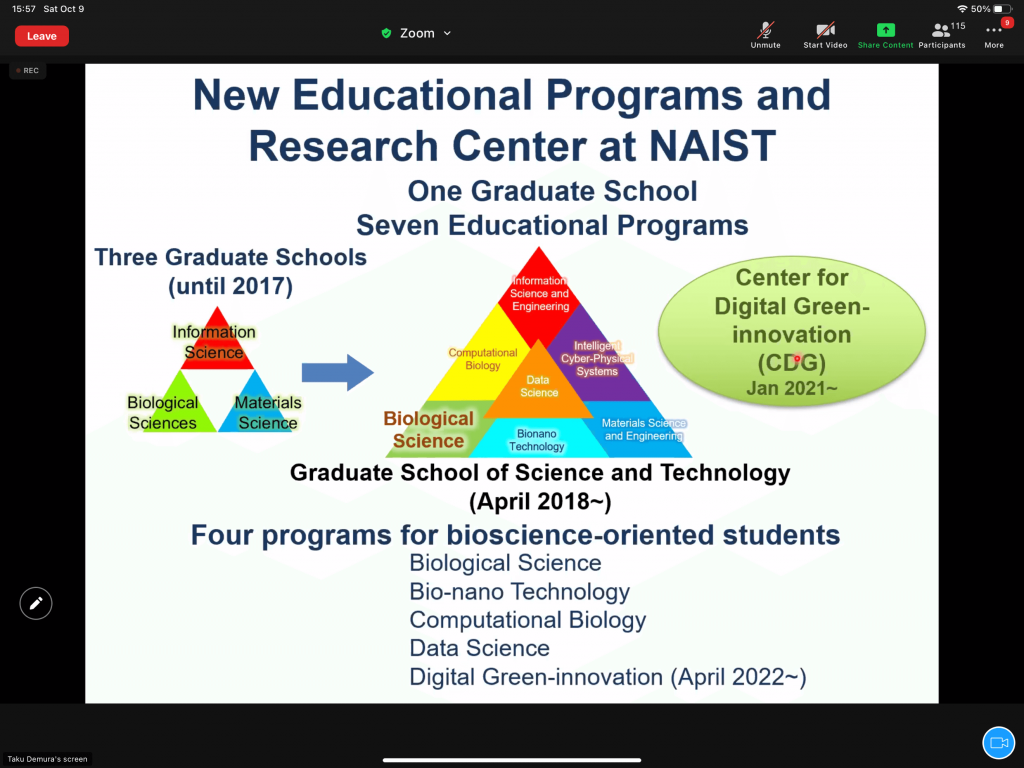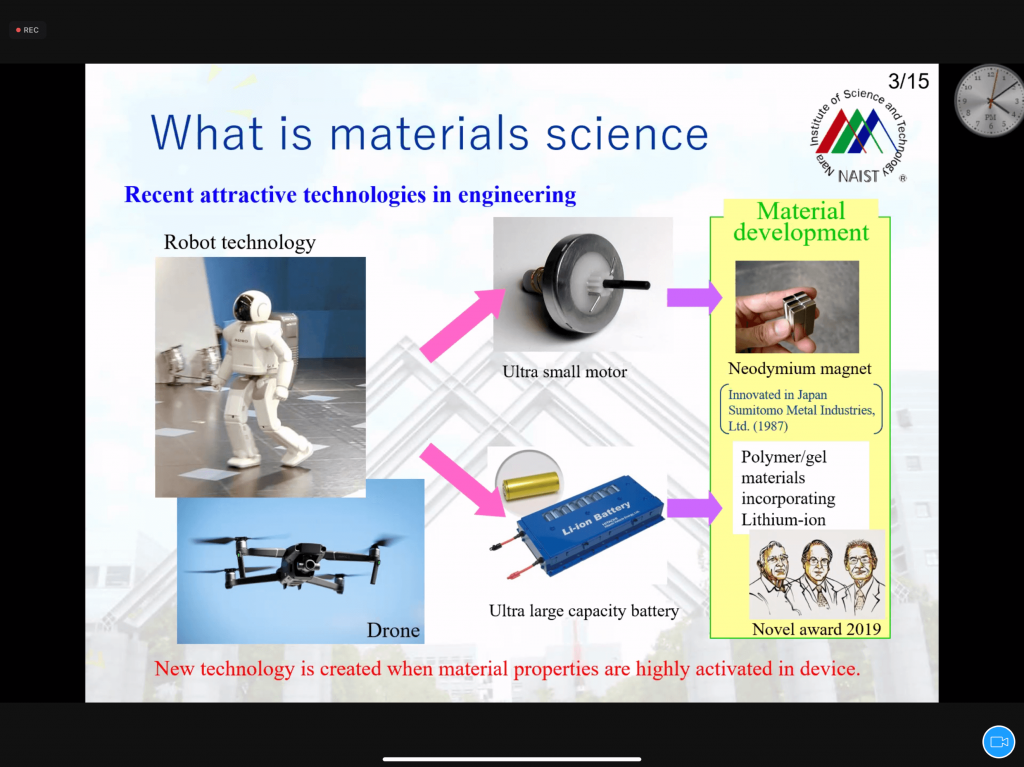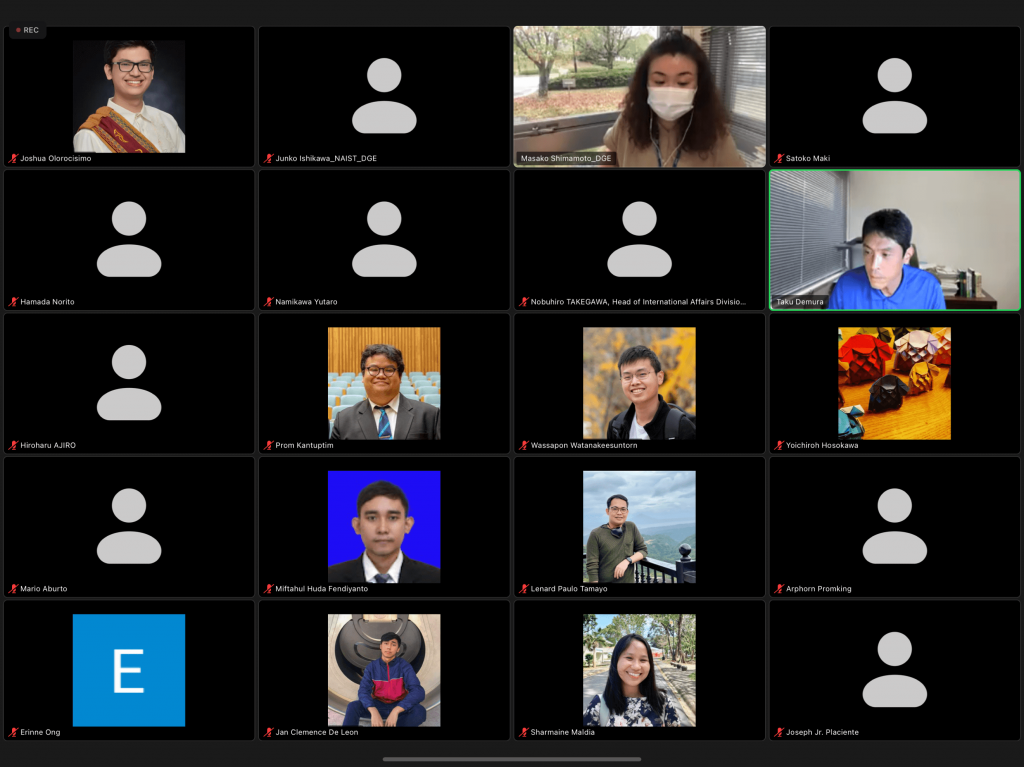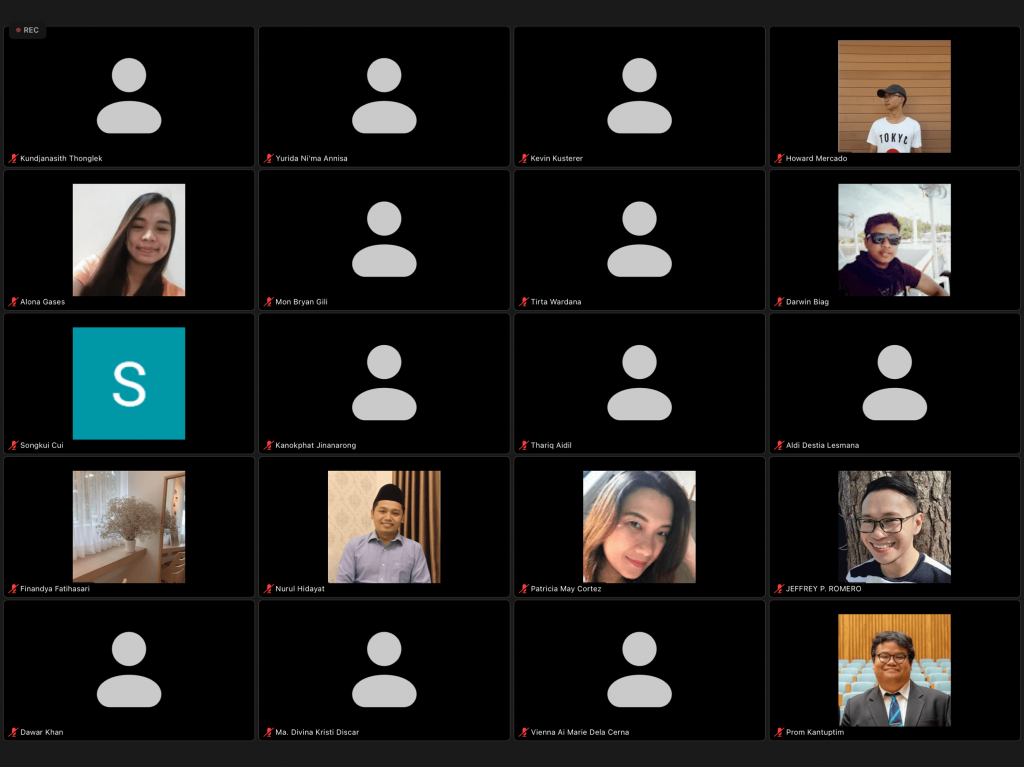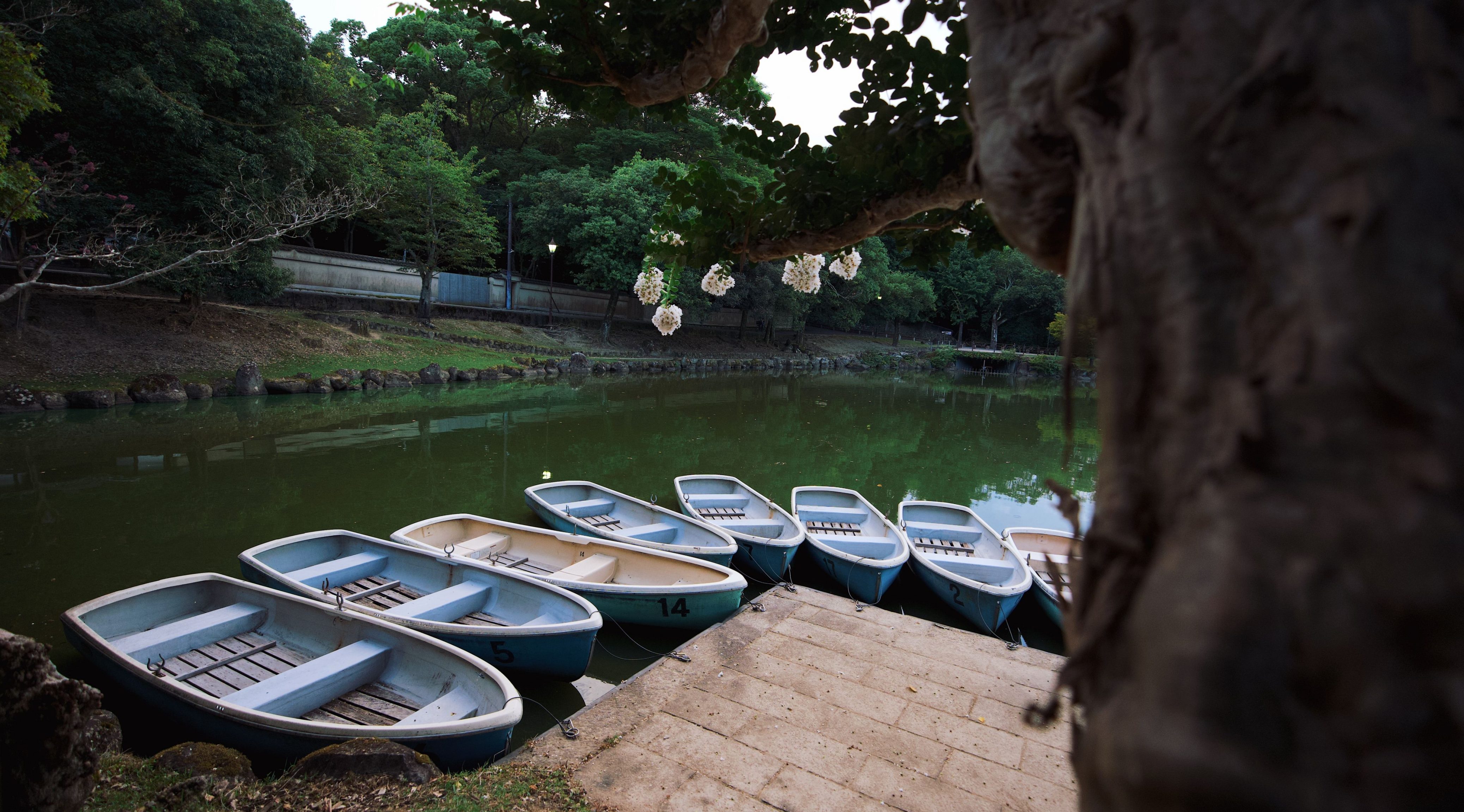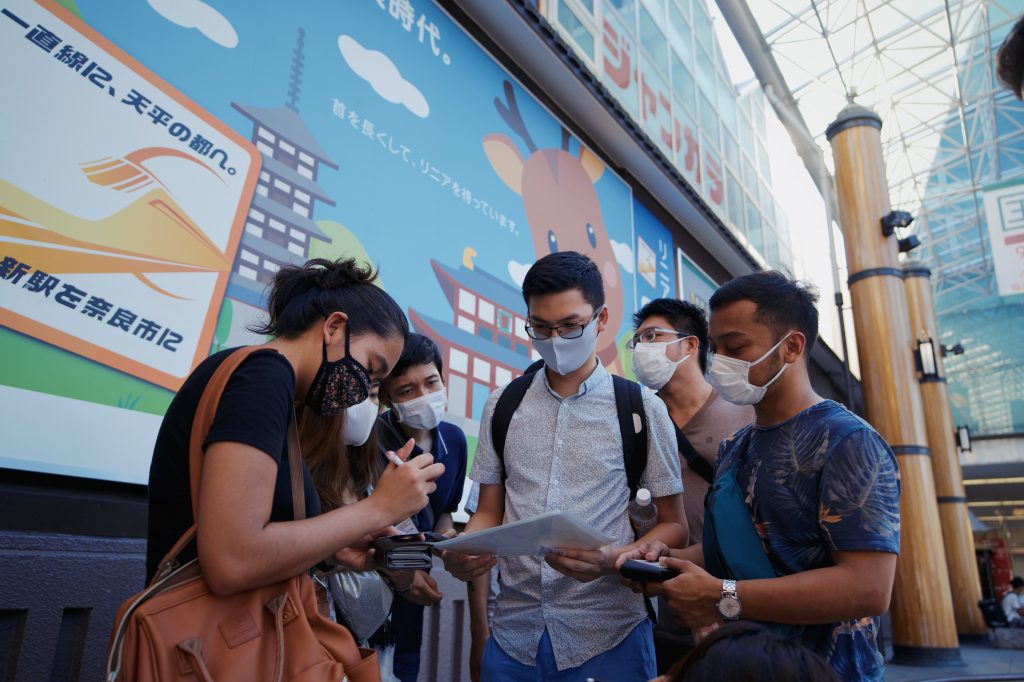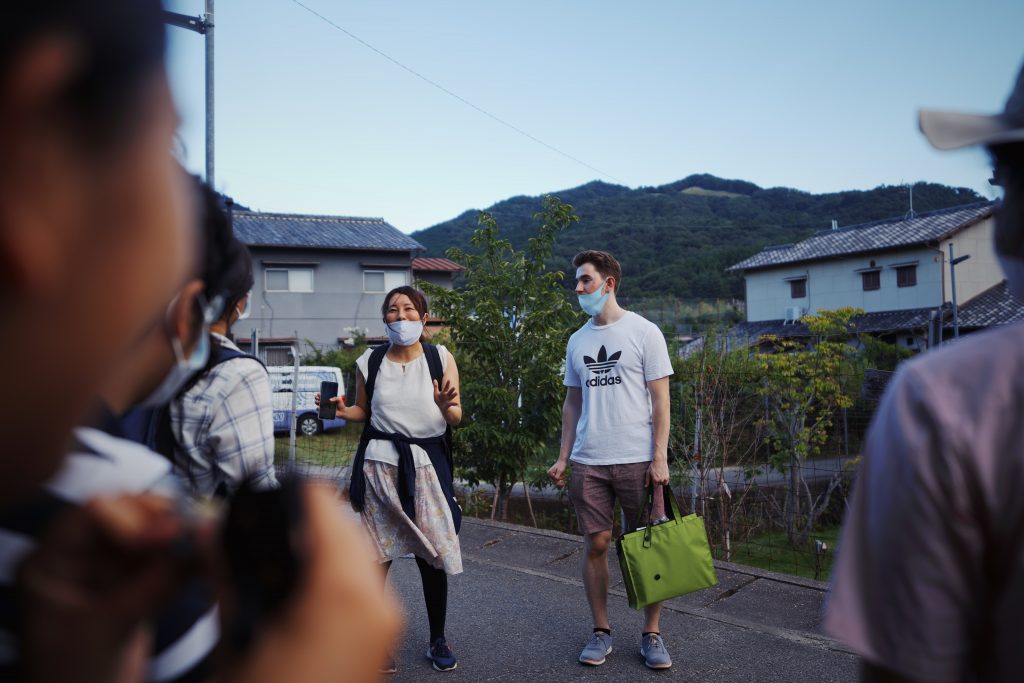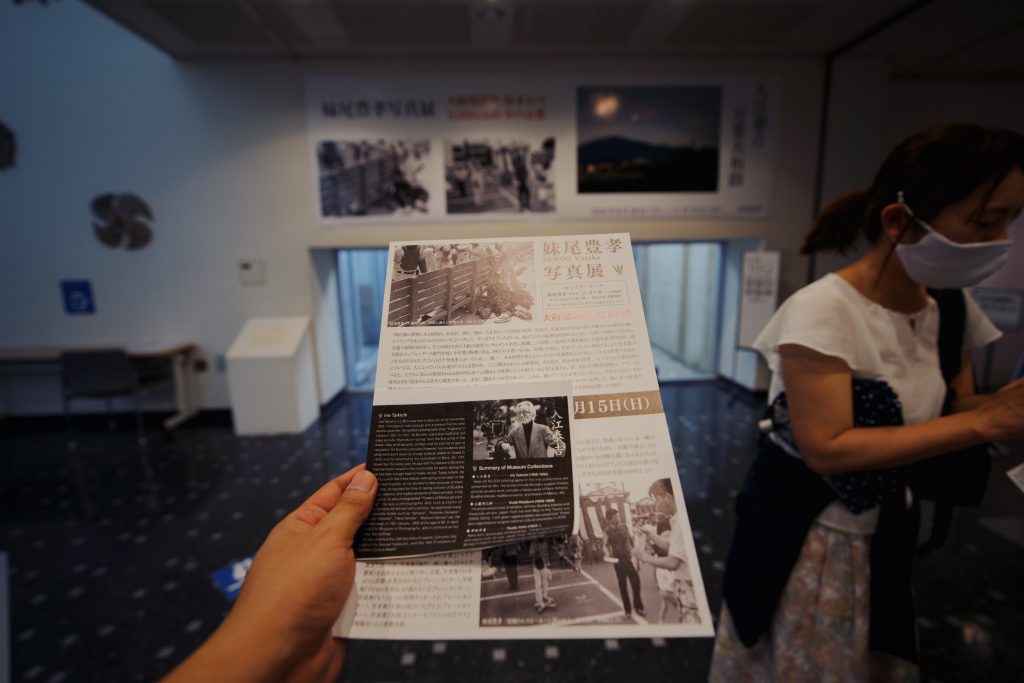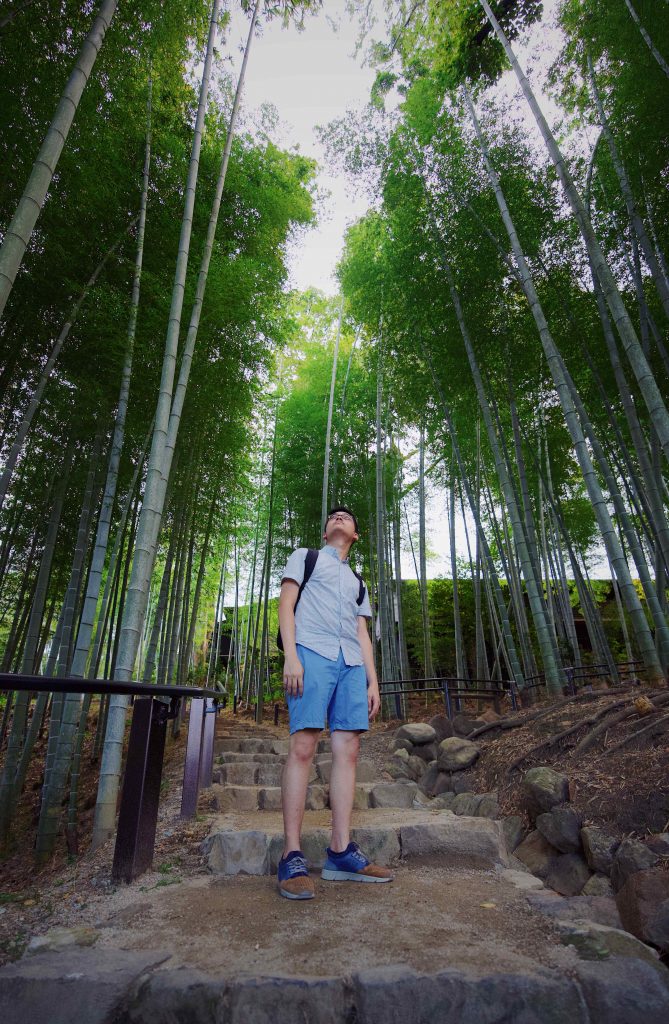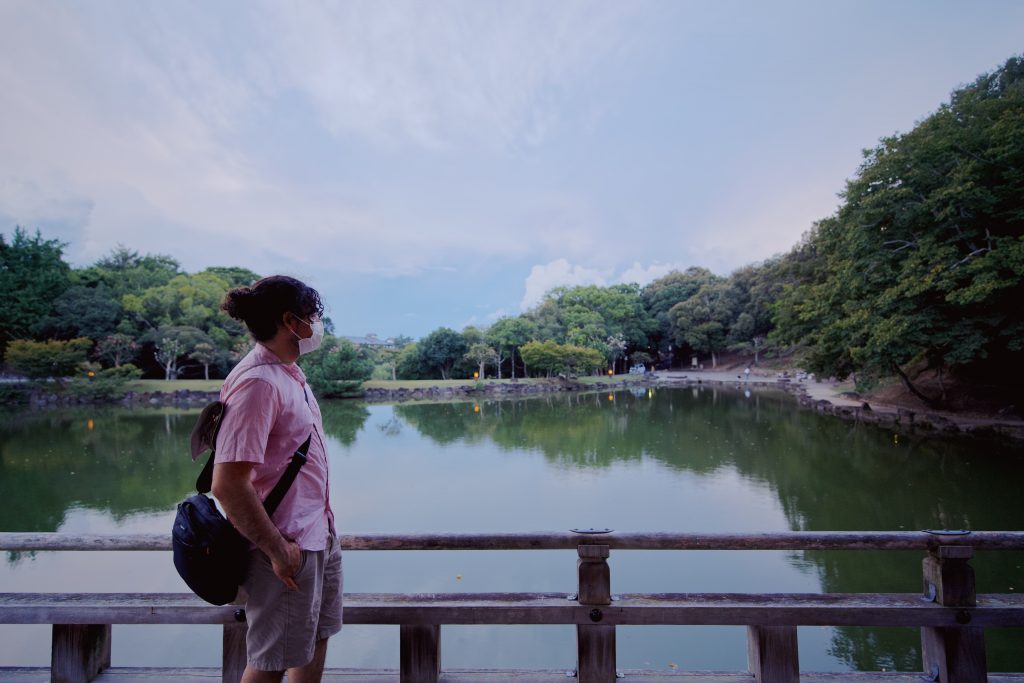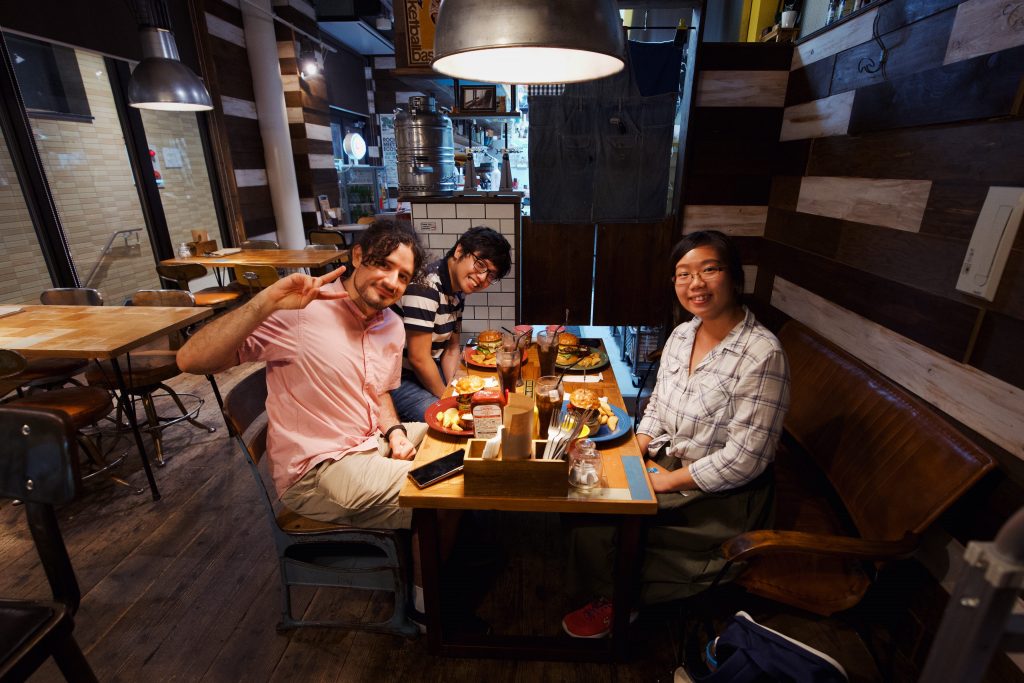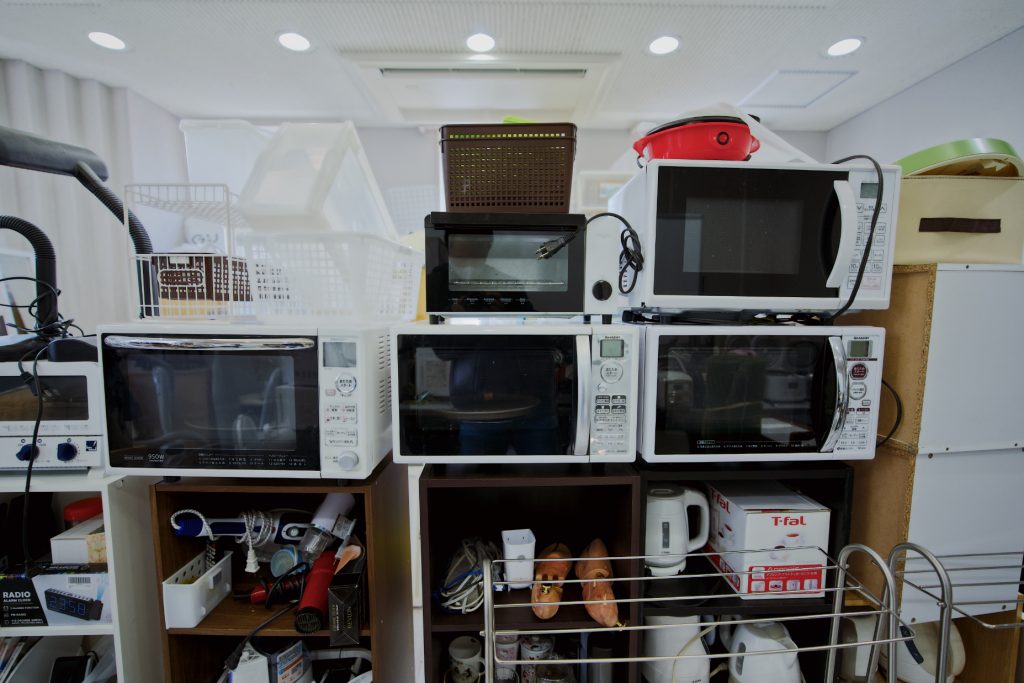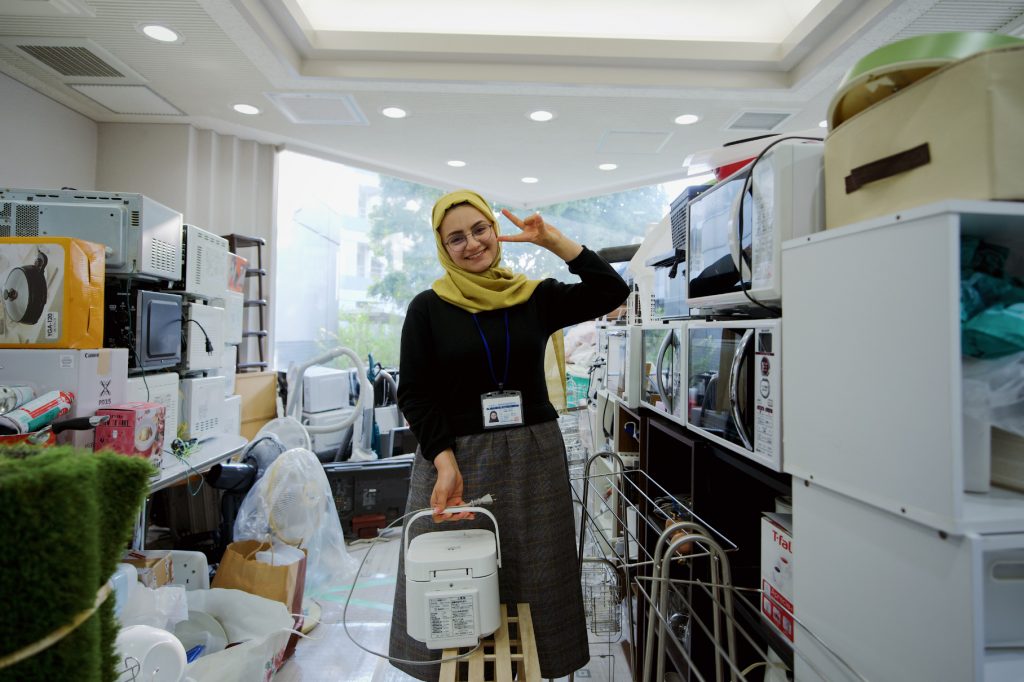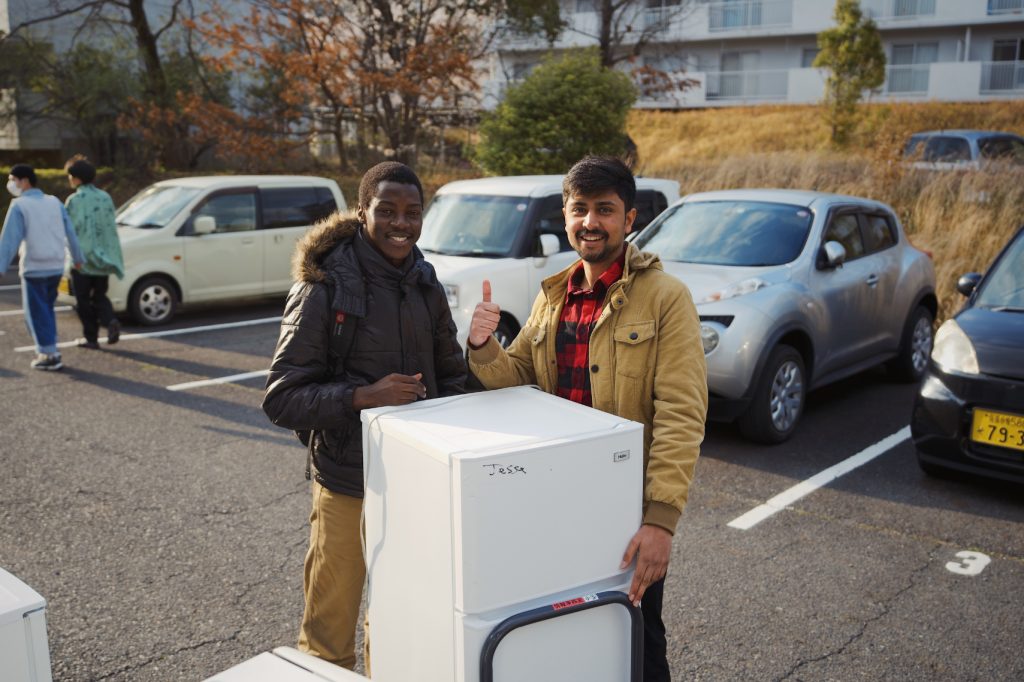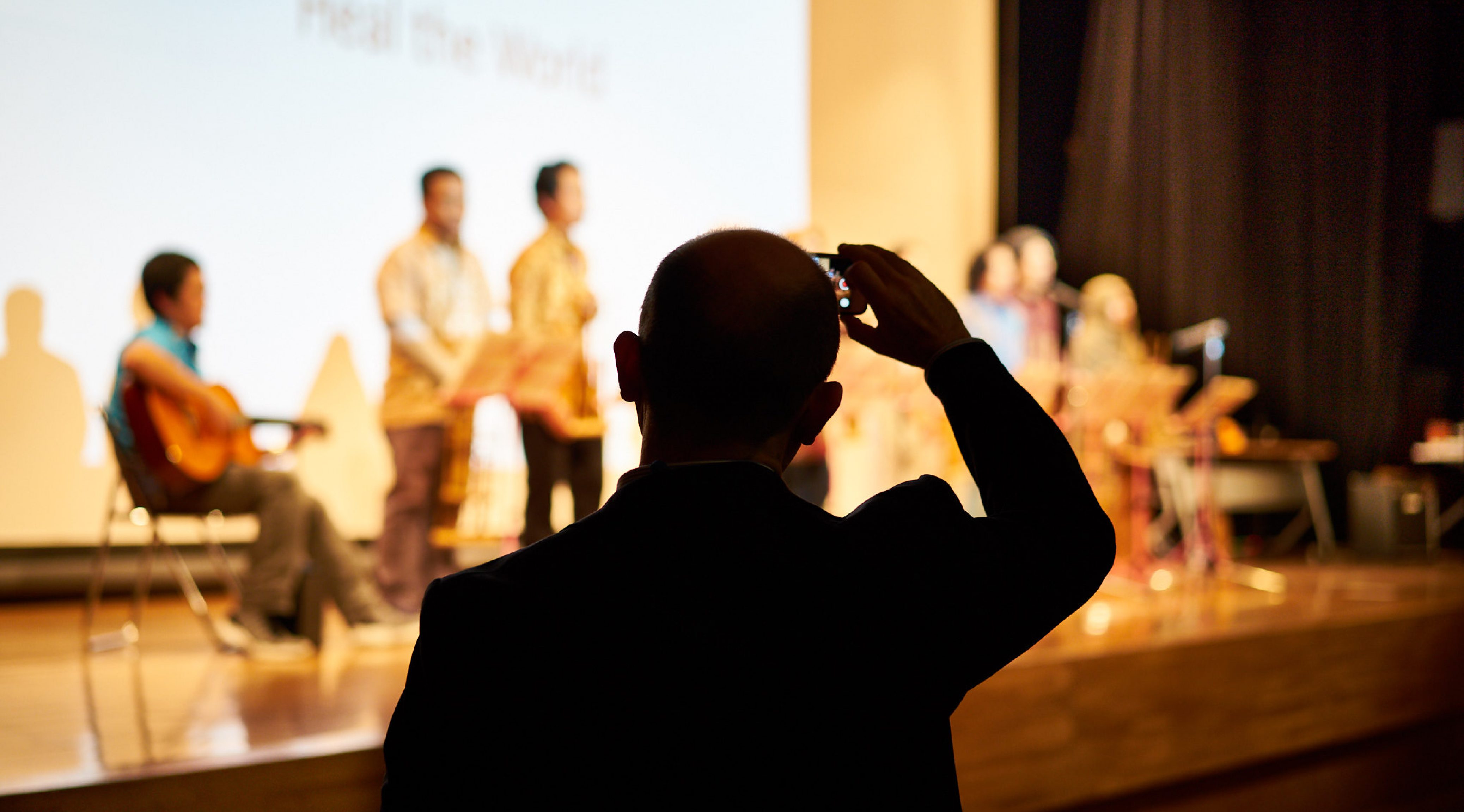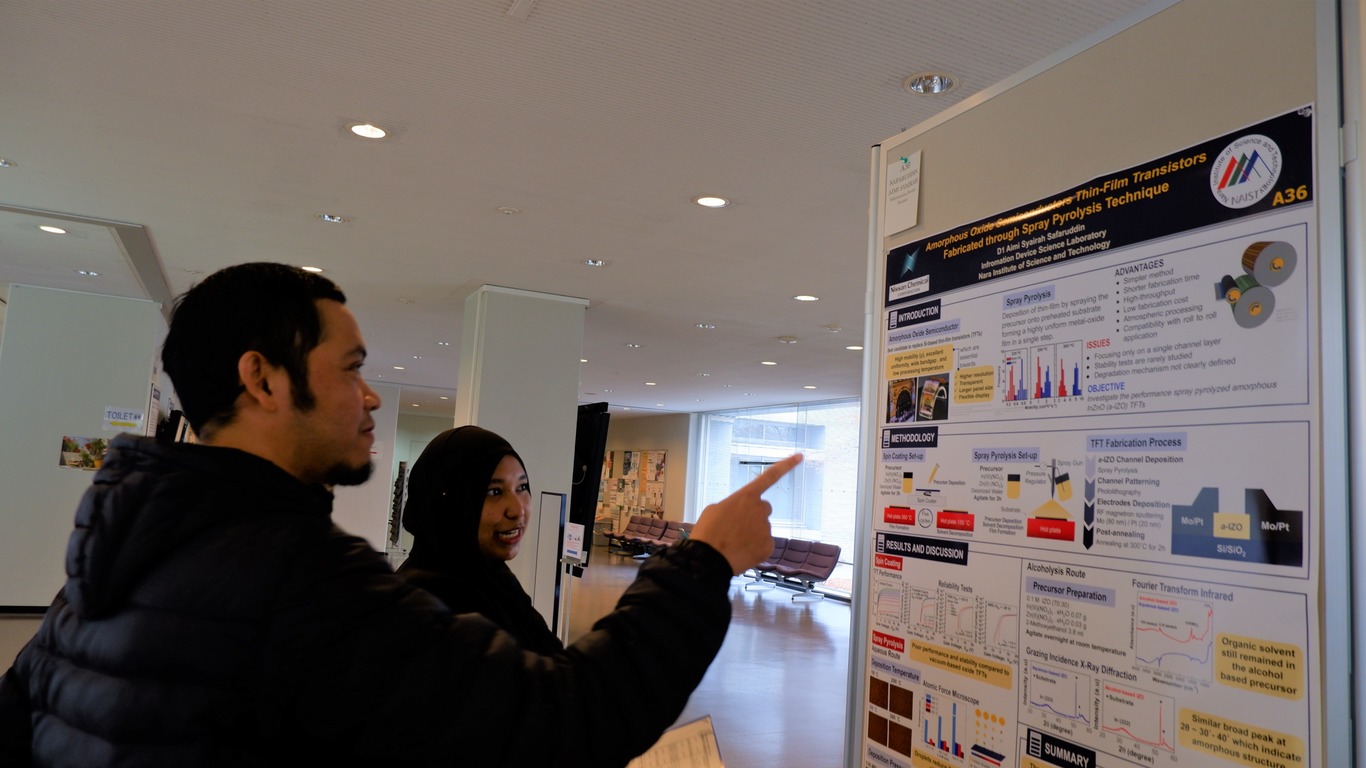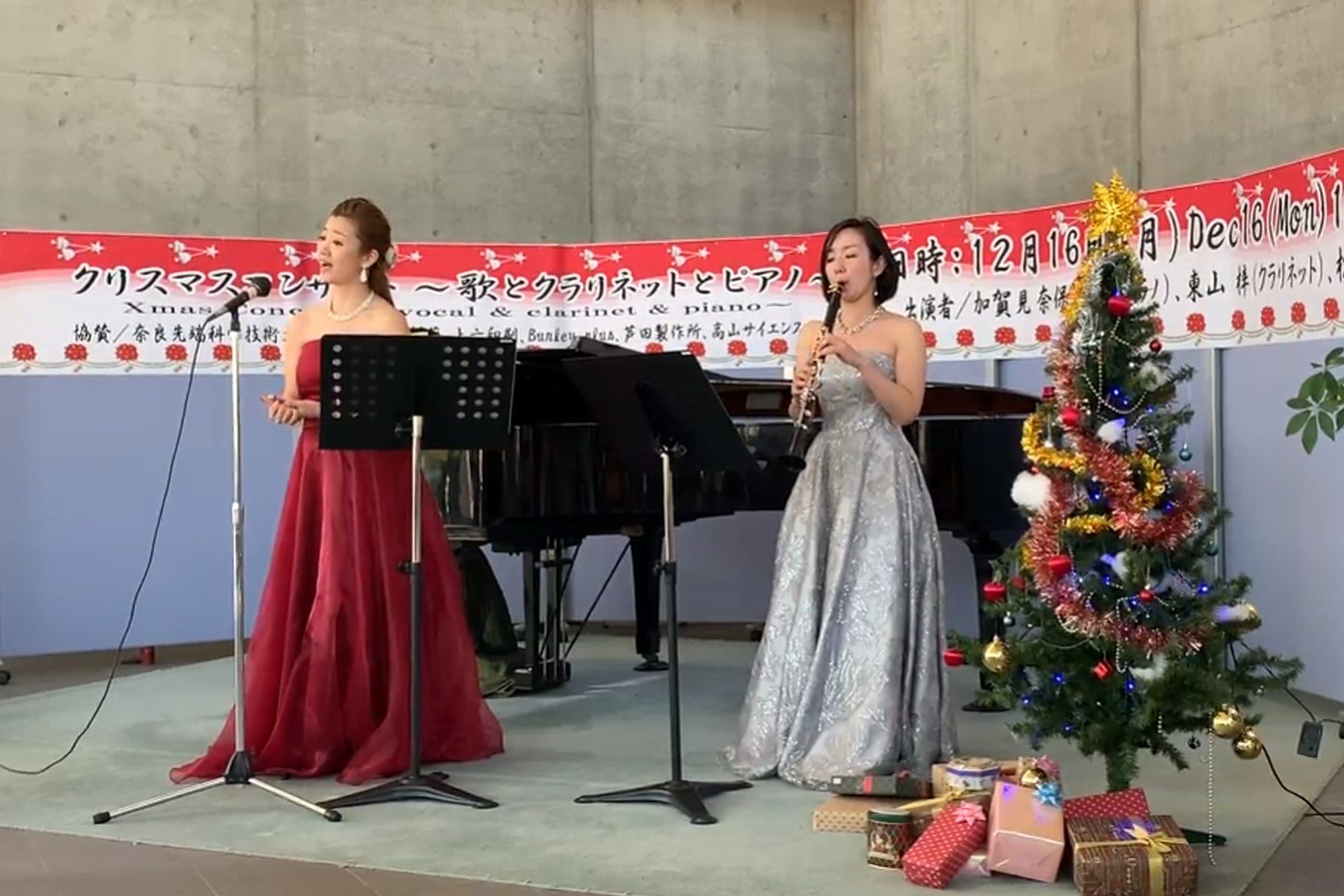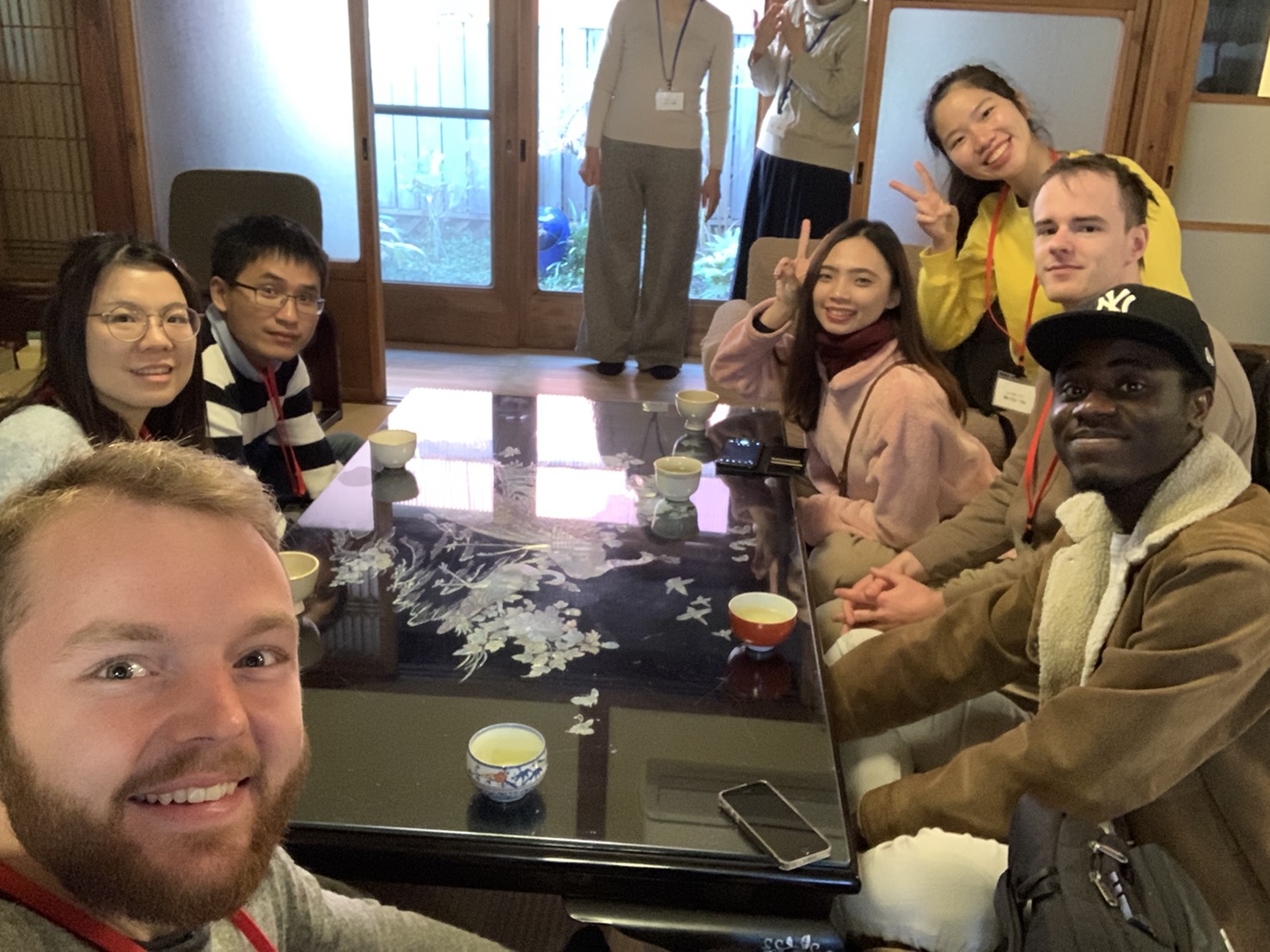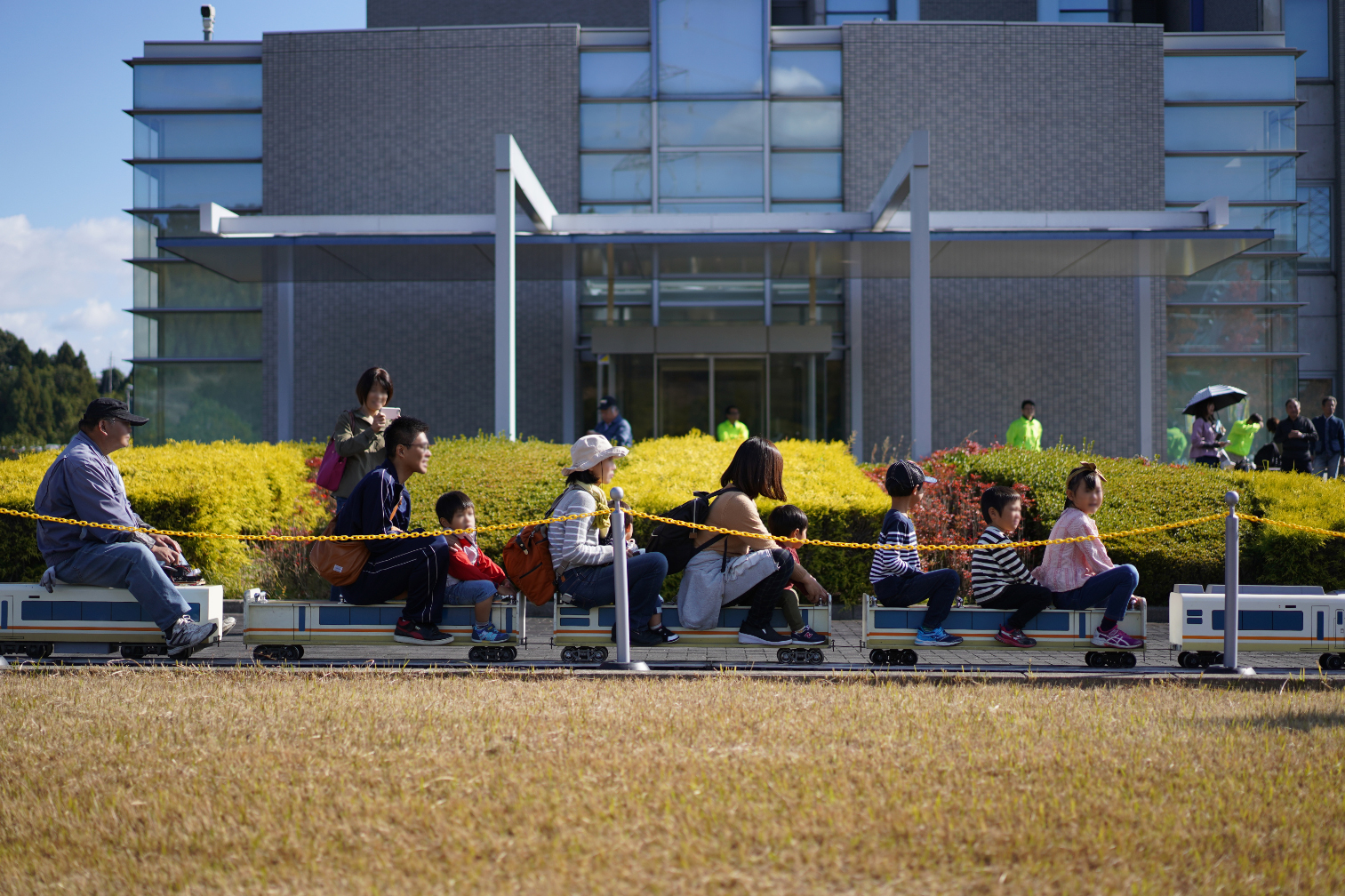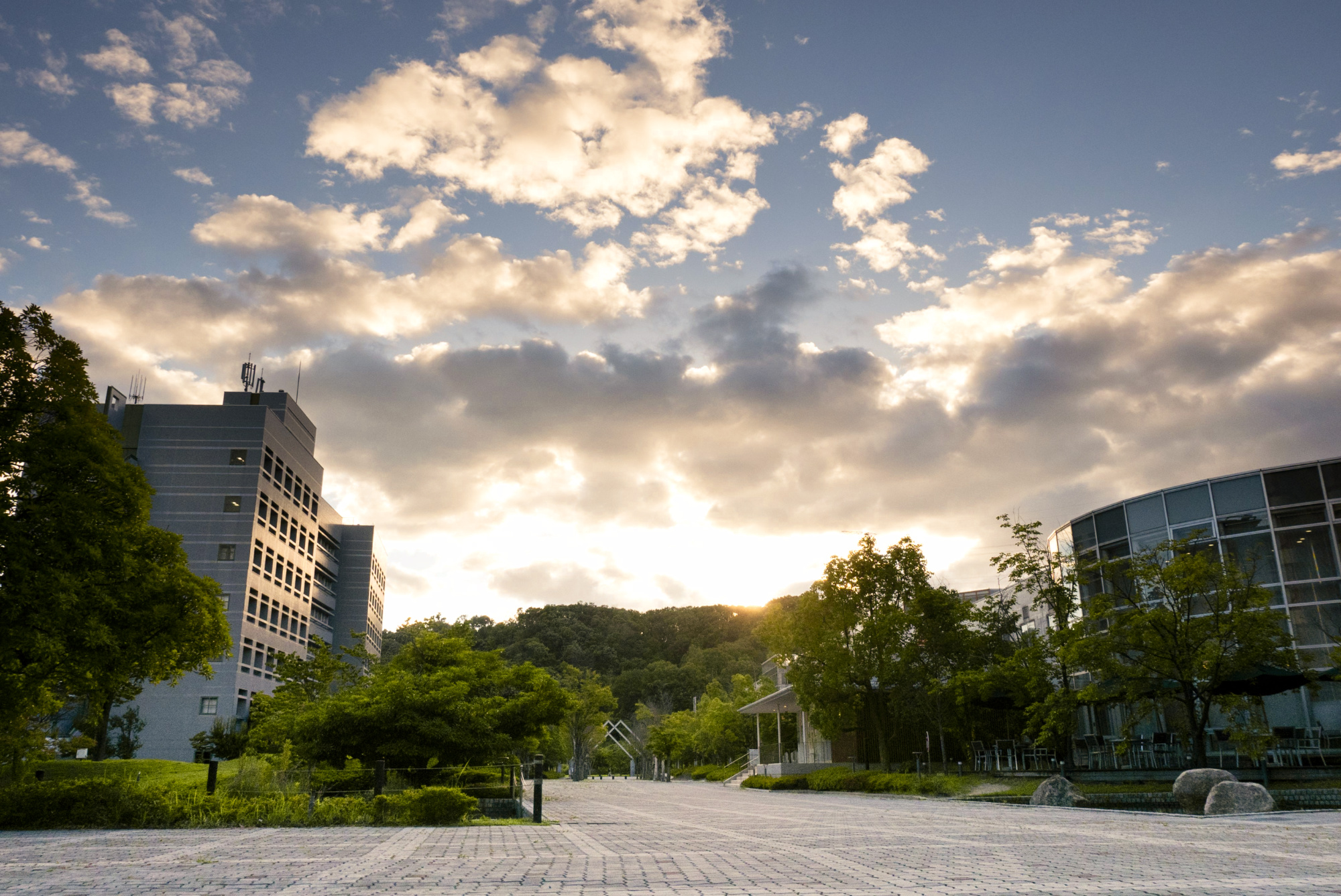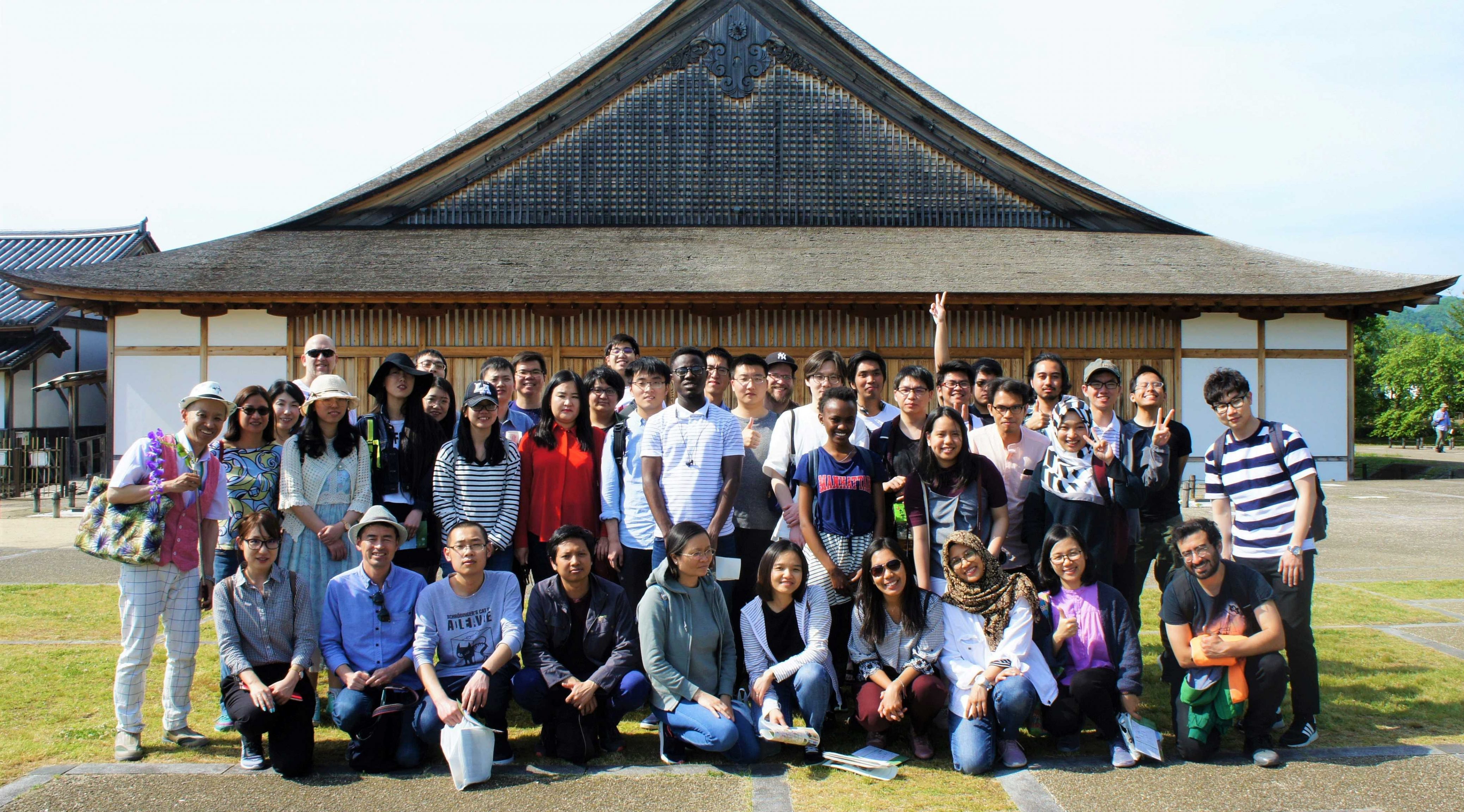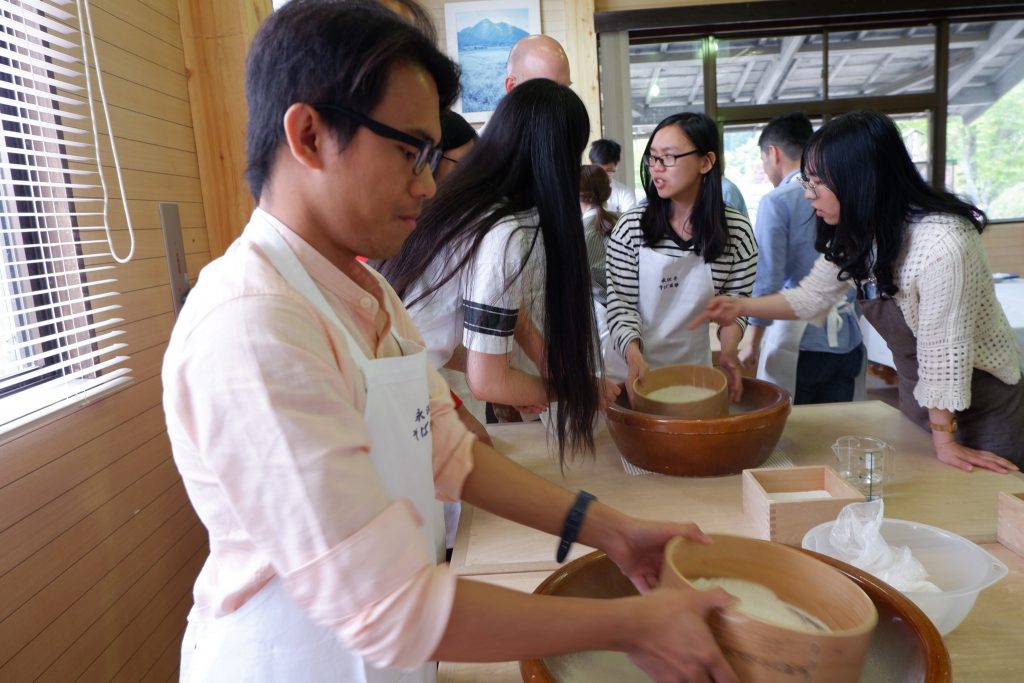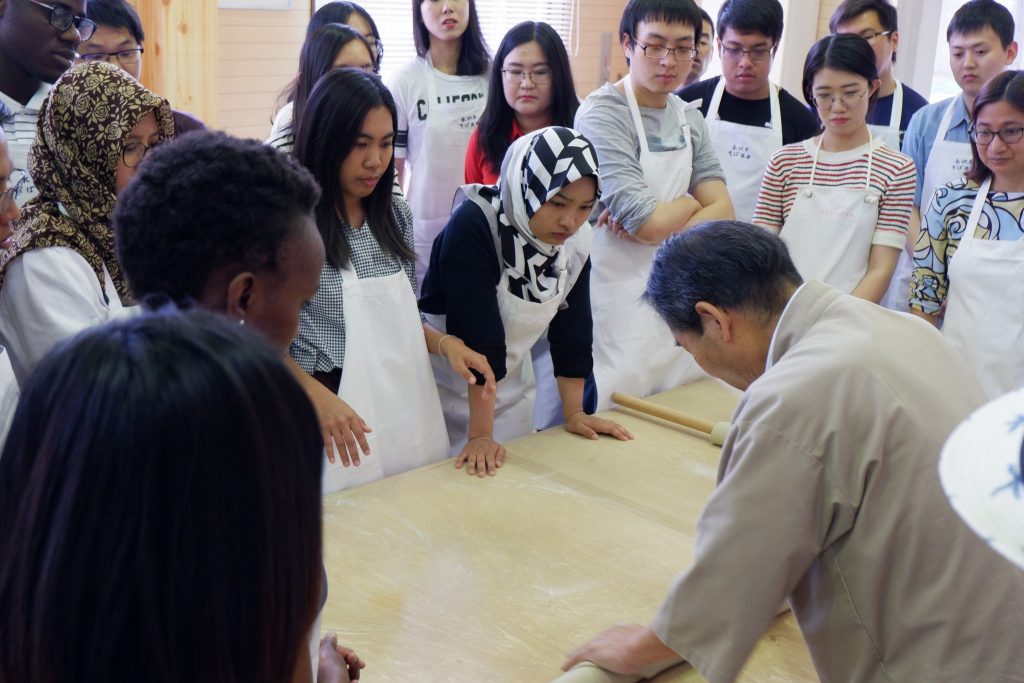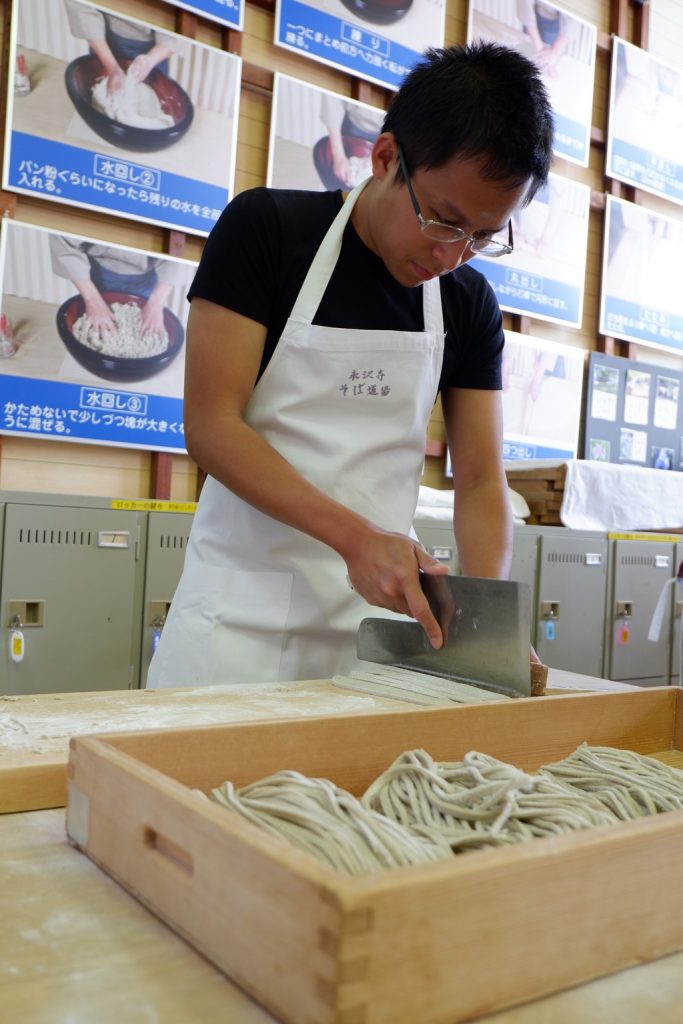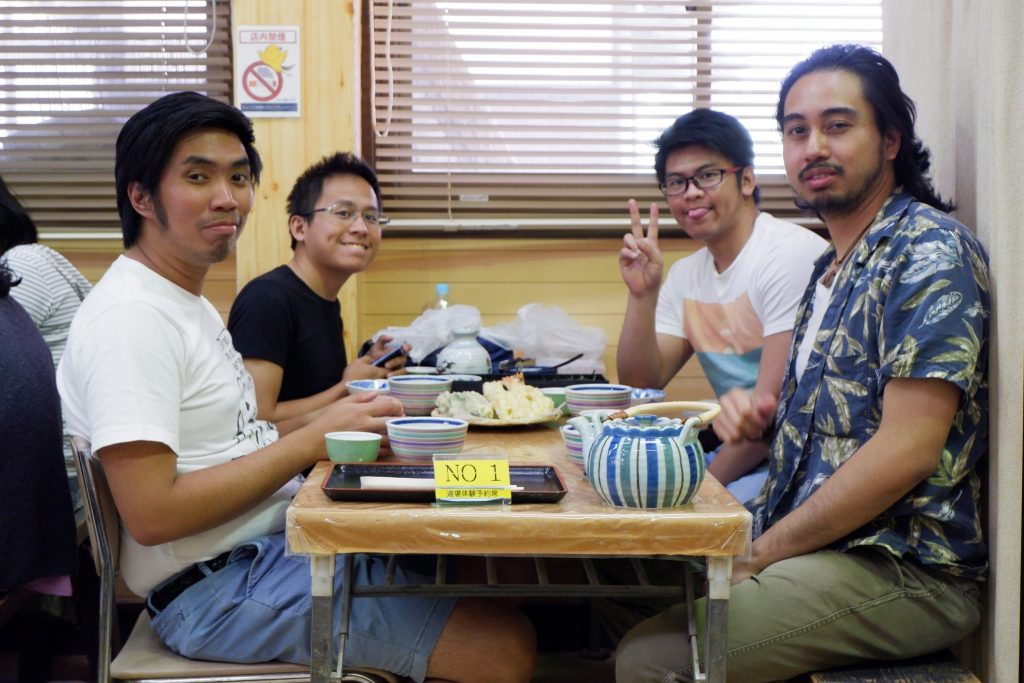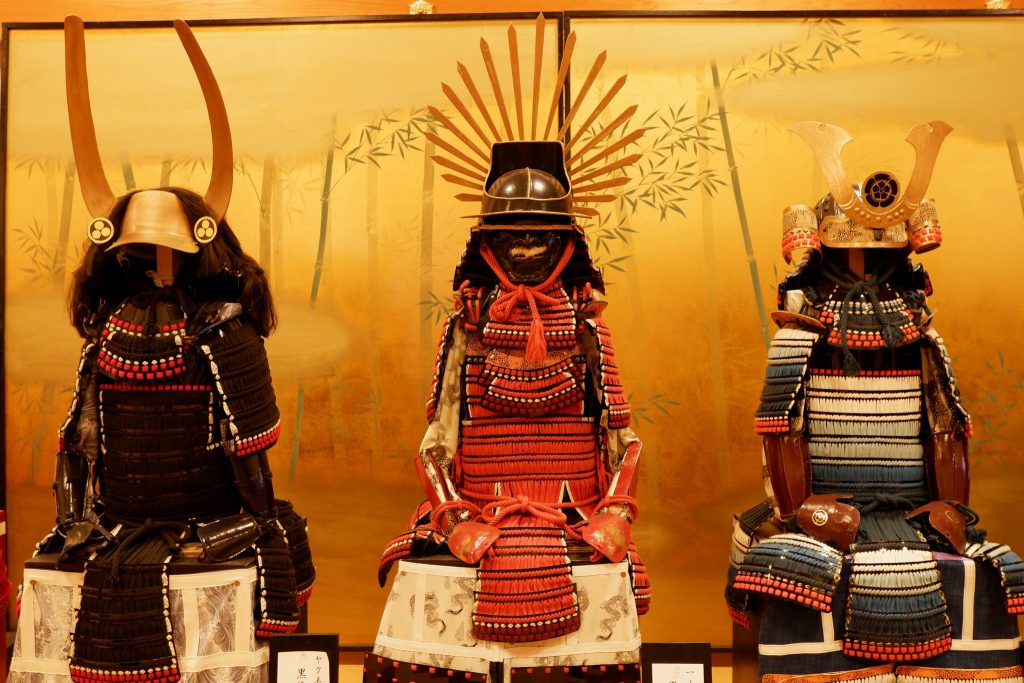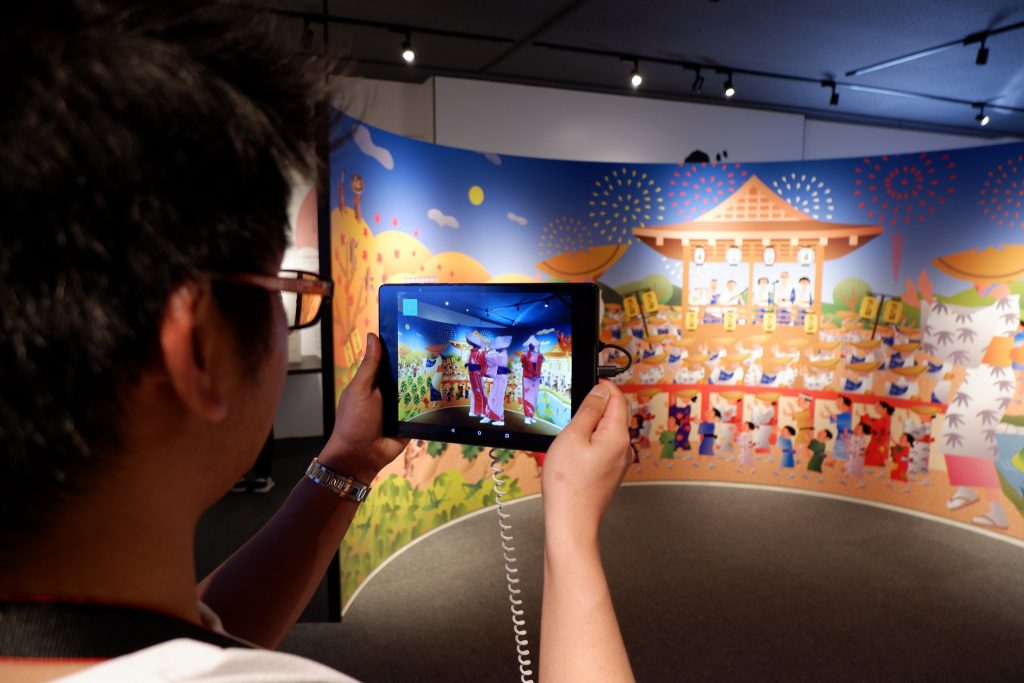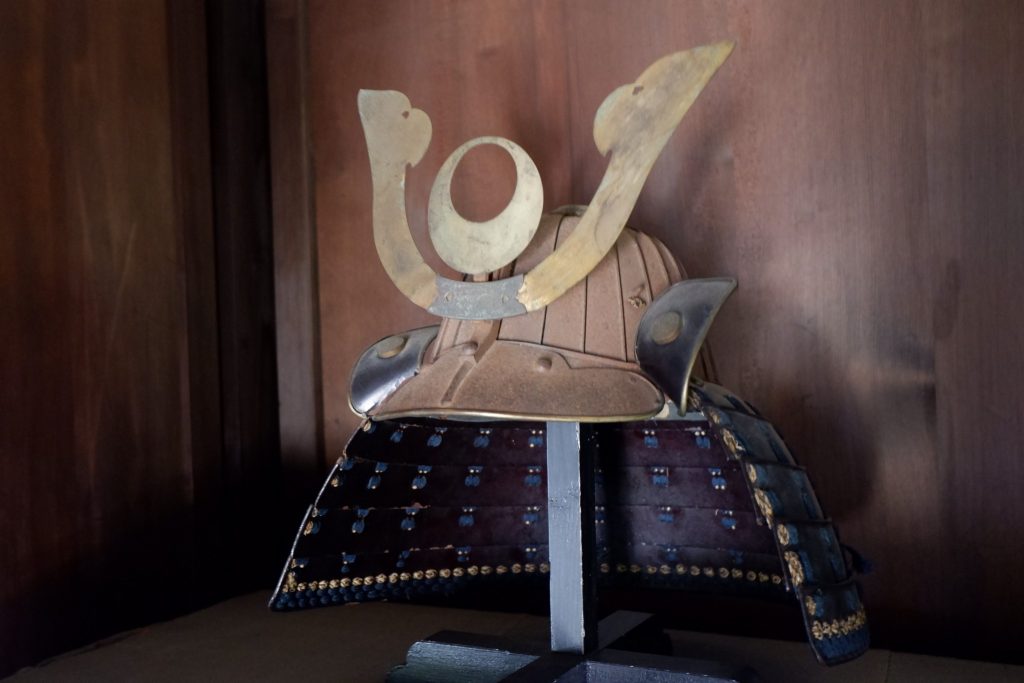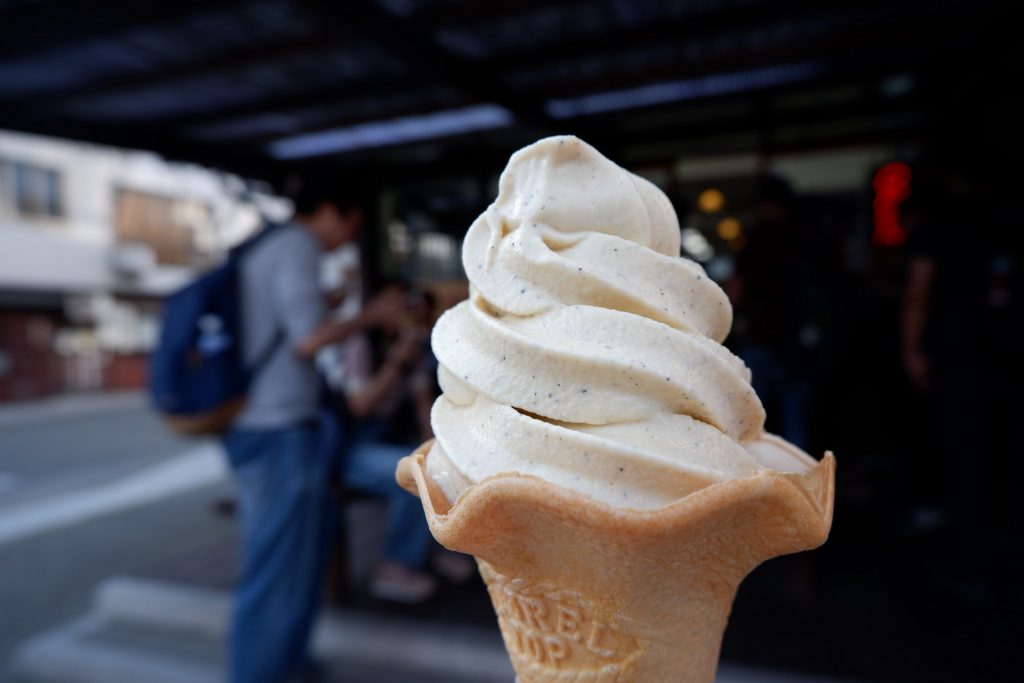Last October 9, 2021, NAIST held an online international study fair. Students from all over the world joined in a virtual gathering to learn and ask about life and studying at NAIST. Over 100 participants joined, and several of the NAIST faculty, staff, and student ambassadors attended in order to carry out the event.
At first, the NAIST President recorded a message for the event, and Masako Shimamoto, Ph.D. from the Division for Global Education gave a general introduction of NAIST. The presentation showcased the campus demographic, and as of writing, the Graduate School of Science and Technology accommodates 697 Master’s and 349 Ph.D. students, 196 faculty, and 167 administrative staff. This high staff-to-student ratio is one advantage of being in a tight-knit community like NAIST.
Proudly, NAIST is part of two flagship projects of MEXT, namely: the Program for Promoting the Enhancement of Research and the Top Global University Project. These programs fund NAIST to promote international and global research and higher education. In addition, NAIST has also produced thousands of graduate alumni who went into careers in academia, industry, and other worthwhile professions. Aside from the top-notch academics and research, Dr. Shimamoto also presented that NAIST has a sizeable international community that is well taken care of. Thus, the prospective students and applicants were very excited to know more about NAIST, and afterward, they were given useful information on the admissions process.
Each division then gave a brief overview of their research and laboratories. Prof. Taku Demura gave a presentation about the Division of Biological Science which features research areas in Plant Biology, Medical Biology, and Systems Biology. Prof. Demura highlighted that NAIST’s biological research tackles multiple levels of life from single molecules to whole organisms, and from basic to applied research. Next, Prof. Yoichiro Hosokawa gave a talk about the research of his division: Materials Science, which studies the structure, properties, and functions of materials — ranging from the subatomic scale to entire molecules and whole devices. Researchers interested in the fields of physics, chemistry, biomaterials, device engineering, and materials informatics will find a good program here with a focus on interdisciplinary photonic nanoscience. Finally, Prof. Keiichi Yasumoto presented the Division of Information Science, which was the first established graduate school in NAIST. The division offers a wide range of courses and projects covering Computer Science, Media Informatics, and Applied Informatics to any of those interested. With an internationally oriented program and the latest research facilities, NAIST truly offers a very good place to pursue graduate studies.
Finally, the most fun part of all was when the participants were able to go into different breakout rooms based on the three divisions and other extra topics. They were able to meet first-hand the faculty, staff, and students of NAIST for Q&A. Here, many of the interested students were curious about further details regarding both academic and non-academic life. Evidently, prospective students looked for a strong balance between research work and extracurricular activities such as campus life and international events. Thus, the organizers exhibited facilities such as the NAIST University Union, student dormitories, sports facilities, and leisure spaces. Overall, the event was a great way for NAIST to attract new international students and gave the opportunity for people abroad to see what life in NAIST is like despite the pandemic. This virtual event was a nice way to connect with those from far away, and hopefully, we get to see them in person once they become part of the institute we all know and love— NAIST.

